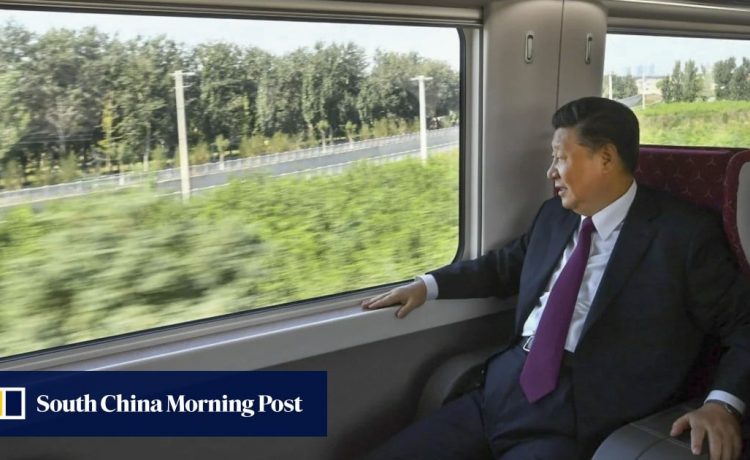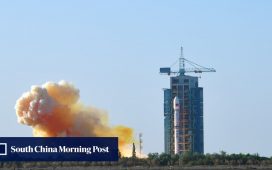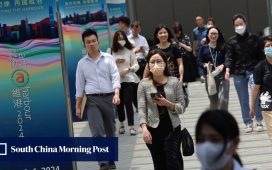However, sources familiar with the matter said Xi also took the train back to Beijing.
“He came to Shanghai by train and he went back by train, too – that’s why he was able to stop in Yancheng,” said one source, who declined to be named.
A second source, who also did not wish to be identified, said the high-speed train was a faster and cheaper option than flying between Beijing and Shanghai and also provided more flexibility for an additional stop.
The 1,300km route between the two cities takes less than 4½ hours by bullet train.
“If you count the door-to-door time, a high-speed rail trip is actually faster than taking the two hours and 15 minutes flight, because the travel time back and forth from the airport can be very long,” he said.
“The train is more economical than a flight, and it gives the leader the option of an additional stop on the return trip … which is much more trouble if you’re taking flights,” he said, adding that a bigger entourage could also join Xi on the train.
“It also signals his endorsement of China’s high-speed rail network, which is unparalleled in the world.”
Xi has gone on 13 regional inspection tours so far this year and while official media did not say how he travelled for all of them, he has taken the train at least four times, including the latest trip to Shanghai, according to Xinhua reports.
In September, after he visited the eastern province of Zhejiang, Xi took a train to Zaozhuang in Shandong on his way back to Beijing, Xinhua reported.
The president also travelled by train to Hanzhong, in his home province of Shaanxi in the northwest, after a trip to southwestern Sichuan in July.
Xinhua also reported that Xi took a train to Yuncheng in Shanxi en route to Xian in Shaanxi to host the China-Central Asia Summit in May.
Party patriarch Deng Xiaoping also took trains as his main form of transport. He spent more than a month travelling by train on his famed southern tour in 1992 – a pivotal moment in China’s opening up and reform.
A political science researcher at Peking University said the train was likely to be the preferred choice for Xi when travelling in China since it is safer than flying and could also offer some insight during the journey.
“It is very difficult for regional governments to cover up all the problems along the railway lines,” the researcher said. “Xi can see a lot more from the train than he could if he was on a plane. Also, the train is much safer than a flight, especially given concerns about aviation safety in China.”
Additional reporting by Daniel Ren







